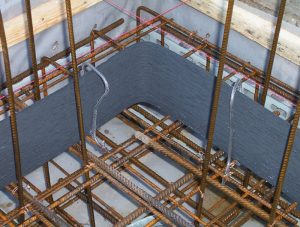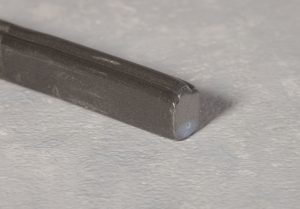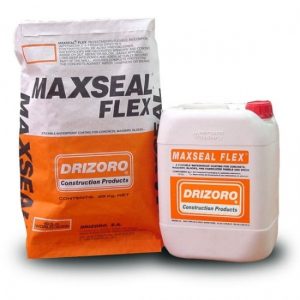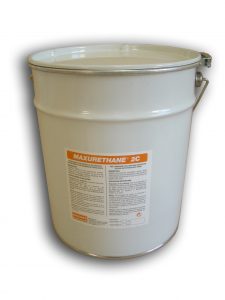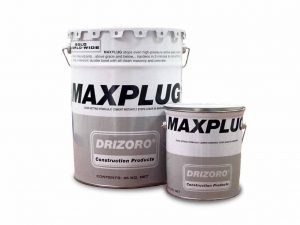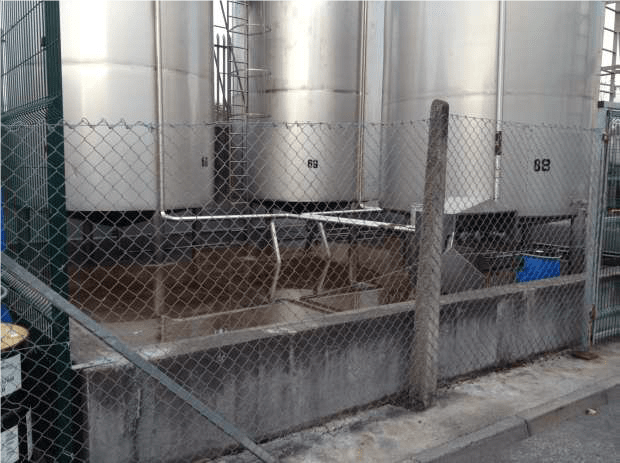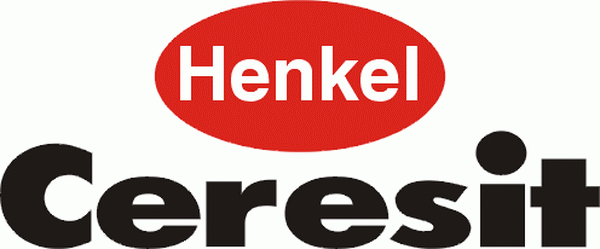The purpose of constructing a containment bund around a tank that contains petrol, diesel, or oil or other liquids is to prevent leakages causing a serious pollution hazard, particularly if they reach groundwater or watercourses such as rivers and canals.
Bund Types
- “Secondary Containment” Bunds – bunds that consist of a concrete base and a secure outer wall. These are designed to contain >10% more than tank’s total storage capacity.
- “Integrally Bunded” Tanks – tanks that are made with built-in bunds.
Note: “Double Skinned” Tanks – require containment – bunds, because the space between the inner layer and the outer layer is not sufficient to hold >10% of its total capacity.
When are you required to have your tank bunded?
- Commercial facilities (if it holds > 200L)
- Private dwelling (if it holds > 3,500L)
Where retention is required, the following capacity is to be provided, either locally or remotely, to a volume not less than the greater of the following*:
- 110% of the capacity of the largest tank or drum within the bunded area
- 25% of the total volume of the substance which could be stored within the bunded area.
You should avoid placing tanks which contain contaminants within 10 metres of a watercourse, or within 50 metres of a well/spring that provides drinking water, or in areas that are prone to flooding.
Please protect the environment and complete a risk assessment prior to selecting the location for storage tanks containing contaminants.
Design Standards
Some of the recognised engineering standards used in the design of bunds:
- BS 8007: Code of practice for the design of concrete structures for retaining aqueous liquid.
- BS 8110: Structural use of concrete – code of practice for design and construction.
- CIRIA Report 163: Construction of bunds for oil storage tanks.
- CIRIA Report 164: Design of containment systems for the prevention of water pollution from industrial accidents.
- CIRIA Report C535: Above-ground proprietary prefabricated oil storage tank systems.
- DIN 28052: Surface treatment of concrete components in process plants using non-metallic materials (available in English).
* Source: Environmental Protection Agency (EPA) Guidance: Note on Storage and Transfer of Materials for Scheduled Activities
Reliable Product Offering for Containment Bunds by SURFASOLOGY™
New Containment Bunds
Bunds constructed of reinforced concrete with the non-movement joints detailed with CEMflex VB Plate or Quellmax Plus, and the internal face of the structure coated with Maxseal Flex and Maxurethane 2C, have proven a very successful and cost effective way of providing containment protection.
Remedial Works
Remedial works may be completed on existing concrete bunds using Maxplug for repairing cracks in the concrete, and for detailing up-stands etc. and using Maxseal Flex and Maxurethane 2C to provide protection to the concrete.
Featured Products:
